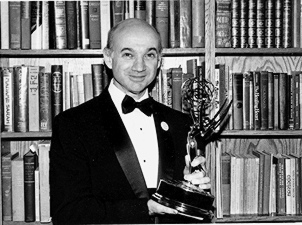Whodunits in Film—Or, The Drama of the Known & Unknown
 When: Wed., Dec. 13, 2017 at 6:00 pm - 8:00 pm
When: Wed., Dec. 13, 2017 at 6:00 pm - 8:00 pmWhere: Aesthetic Realism Foundation
141 Greene St.
212-777-4490 Price: $10
Buy tickets/get more info now
See other events in these categories:
 THE AESTHETIC REALISM FOUNDATION continues our special series of monthly classes “If It Moves, It Can Move You”: Opposites in the Cinema, taught by award-winning filmmaker Ken Kimmelman. This month is about the great “Whodunits”! There will be discussion of clips from “Laura,” “Witness for the Prosecution” and more!
THE AESTHETIC REALISM FOUNDATION continues our special series of monthly classes “If It Moves, It Can Move You”: Opposites in the Cinema, taught by award-winning filmmaker Ken Kimmelman. This month is about the great “Whodunits”! There will be discussion of clips from “Laura,” “Witness for the Prosecution” and more!
This series shows how the art of the cinema, in its technique and meaning, and in all its diversity—from slapstick to spectacle, cinema verité to the fantastic, tragedy to comedy—is a oneness of the permanent oppositesin reality. “All beauty,” Eli Siegel stated, “is a making one of opposites, and the making one of opposites is what we are going after in ourselves.” Whenever a film is good or beautiful it is because it puts opposites together—rest and motion, light and dark, space and time, nearness and distance, continuity and discontinuity, unity and variety, freedom and order—the same opposites we are trying to make sense of in our lives. The series studies how these opposites are present in the motion picture, from Edwin S. Porter’s The Great Train Robbery of 1903 to the latest cinematic achievement.
See the announcement here.
Buy tickets/get more info now
 Discover More
Discover More